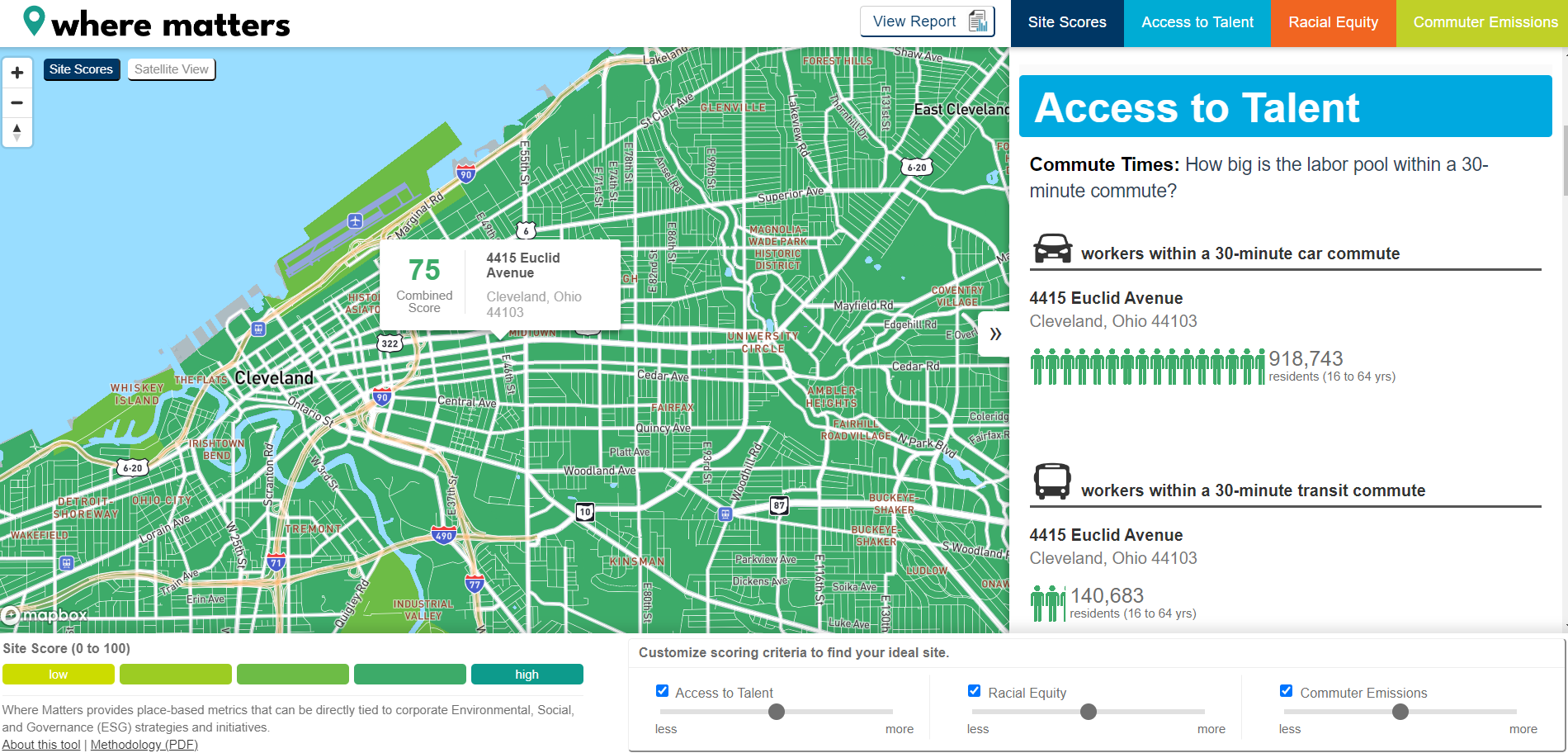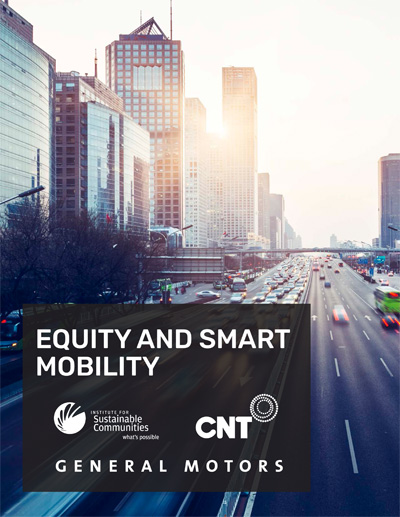In January, the Village of Midlothian, located in Chicago’s southern suburbs, took the groundbreaking step of adopting the nation’s first RainReady Plan. Midlothian residents have faced chronic flooding for decades, even in moderately sized rainstorms. Our RainReady program’s planning process – hailed as “transformative” in the Chicago Tribune – brought together residents, civic leaders, regional agencies and federal partners to identify community-scale solutions that will stem flooding and promote economic growth. We’re excited to announce that, thanks to funding from Cook County’s Community Development Block Grant Disaster Recovery program, RainReady Community will expand to six of Midlothian’s neighbors in the Chicago Southland: Blue Island, Calumet City, Calumet Park, Dolton, Riverdale, and Robbins.
“The County is committed to helping communities increase resilience and reduce flooding problems,” said Susan Campbell, Director of the Cook County Department of Planning and Development. “RainReady examines how a community can achieve flood relief in a way that also brings neighborhood beautification, increased economic activity, recreation, and more – the kinds of multiple benefits that are a hallmark of resilient investment.”
The goals of this robust, multiphase project are to:
- Help community members understand current and future flood risk, as this issue is often hidden from view or underestimated.
- Work with residents and officials to choose priority flooding solutions that can also address other community priorities, like transportation and economic development.
- Provide municipal and community leaders with a clear roadmap for implementation, including partners, financial support, and local champions.
- Launch high-priority projects while the planning process is still underway to get the ball rolling on transit-oriented development (TOD), industrial site redevelopment, residential and commercial programs.
As a region facing decades of economic struggle as manufacturing declined, we hope the stormwater innovations we implement can bring new life to this former economic powerhouse.
“The Calumet Corridor is composed of six communities that have significant economic and environmental challenges, but also great opportunities. The communities faced a loss of manufacturing jobs over the last several decades and a degrading environment from flooding and contaminated land and water,” said Reggie Greenwood, Deputy Executive Director of Economic Development at the South Suburban Mayors and Managers Association (SSMMA). “[We] have been organizing resources to reduce flooding, improve housing choices, improve water quality and provide workforce training. As the Calumet RIver continues to become cleaner due to the investments in MWRD plant, we see a future of a region where water is an environmental asset to bring jobs and people back to these river towns.”
Throughout this process, RainReady will be working closely with residents to understand risks and identify solutions through surveys, community events, and public meetings. This innovative program is possible thanks to partners from the Calumet region and beyond: the U.S. Army Corps of Engineers, SSMMA, Cook County Department of Planning and Development, and Metropolitan Water Reclamation District (MWRD). These partners are involved in collecting data, developing innovative plans, and finding funding for the plan priorities.
"The U.S. Army Corps of Engineers values our unique partnership with the Center for Neighborhood Technology and Cook County, which is bringing federal and local resources together to provide innovative solutions to challenging urban flooding issues facing the Chicagoland area," said Imad Samara, the U.S. Army Corps of Engineers’ Chicago District Project Manager.
RainReady will also continue to work on the ground in Midlothian. Our main focus will be restructuring 147th Street, one of Midlothian’s main roads and one of its most flood prone. The project will take an innovative approach to merging stormwater management, placemaking, and transit-oriented development, partnering with CMAP’s Local Technical Assistance program, the Active Transportation Alliance, SSMMA, and MWRD. We will also continue to monitor the success of our Midlothian plan.
"A plan is only as strong as the momentum it has to move forward and achieve its goals and objectives. I am proud to say Floodlothian Midlothian, the Midlothian Board of Trustees and the Rain Ready Steering Committee have made tremendous progress toward building that momentum and identifying numerous projects this past year,” said Karen Kreis, Midlothian Village Trustee. “This is such an incredible accomplishment for Midlothian, as our town has such limited resources. Despite staffing and financial constraints, Midlothian has emerged as a leader in addressing stormwater issues and finding solutions. A huge part of our success is due to the vision and guidance from the Center for Neighborhood Technology along with our incredible resident volunteers."
This seven-community initiative presents an opportunity to connect stormwater interventions with CNT’s other place-based economic development. Build on previous analyses like Prospering in Place and Putting Places First, which stress the importance of coordinating community infrastructure investments so municipalities can maximize the impact of every dollar spent, this project aims to break down program silos and seek infrastructure investments with multiple co-benefits. We also have a long history of engagement in Chicago’s south suburbs on transit- and cargo-oriented development, industrial redevelopment, and planning projects.





 Strengthening Transit Through Community Partnerships
Strengthening Transit Through Community Partnerships